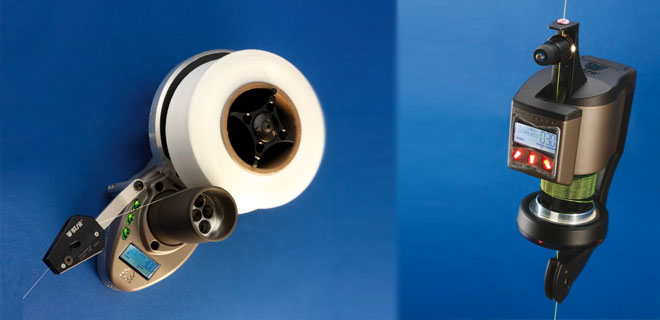 BTSR founded in 1979 and headquarter is in Milano (Italy).
BTSR founded in 1979 and headquarter is in Milano (Italy).
Currently, BTSR is the most important technology supplier of textile sector at yarn control solutions. Apart from the service given directly to the end users supports more than 200 textile machinery producers with its technologic products. Even though most of European technology suppliers headquarters in Europe, factories are commonly located in Far East countries. However BTSR keeps its high-tech factory in Italy. The mission of BTSR is supporting customers in profitably managing their yarn-based processes by providing them with the most cost effective, easy to integrate and reliable technology. Today, Teksel Tekstil provides BTSR’s outstanding service to its customers at many different fields of textile sector such as socks, pantyhose, seamless, yarn processes, flat knitting, circular knitting, medical, technical textile, etc. since 2005 in Turkey. BTSR’s product range can be divided into two groups. The first one is a sensor that includes yarn break, tension and quality control sensors. The second group includes feeders, which provide constant tension yarn feeding at many different applications. All the sensors and feeders are capable to control all the yarns, even the thinnest yarns being used in the market. The most demanding products are varies to the sectors in Turkey. Ultrafeeder devices and yarn break sensors provide valuable supports to Socks, Pantyhose and Seamless producers to reduce second quality product quantities up to 80%, increase quality and production efficiency. As an example, Ultrafeeder device can eliminate visual and dimensional problems that are caused by elastane yarns’ tension variation. Additionally, number of yarn breakages is reduced due to constant tension feeding. Yarn rewinding processes are made by almost at all fields of textile sector and the machines are mainly low cost, without tension and meter counting functions. So, when tension and meter counting are necessary, BTSR Winding Feeder device saves companies to invest in new, high cost machines and solves all the problems with a lower cost investment. The thing should be emphasized here is the universality of BTSR, which means easy to integrate almost all type of rewinding machines in the market. With this investment, the textile manufacturers are able to modernize their machines and meet all the requirements perfectly. Especially the customers who rewind FDY yarns from cheese to cops as a preparation process of twisting prefers this kind of solution. By using Winding feeder, they guarantee constant tension and same length of yarns on the cops that increase twisting quality and production efficiency. When it comes to programmable yarn break sensors, there is no limit to use. Can be integrated to all kind of machines at all fields of textile sector. The difference of BTSR sensors is being high sensitive, optical sensor while the competitors provide only capacitive ones which are easily effected by dust, humidity, static electric and cause meaningless stops. Circular knitting and socks producers have been waiting for BTSR to launch Unifeeder device that is a revolutionary, full electronic storage feeder. All the trials have been completed successfully at many different factories in the market. This device is much more than a simple storage feeder. This completely new technology which has multi-patented features, a new yarn anti-twist system, electronic tension control, knot catcher and in-built yarn breakage sensors are just a few features of this device. As can be considered overall, Unifeeder has individual large screens to follow up all real time data (tension, yarn consumption, etc.) There is no doubt that Unifeeder will be the most reliable assistant of socks and jaquard knitting producers soon. Considering that collecting, processing and using data is quite important for a production facility, BTSR also supports its customers with software apart from all their sensors and feeders: PC-Link software lets customers to collect data from the BTSR products and provides reports and graphs which makes facilities easy to manage.










